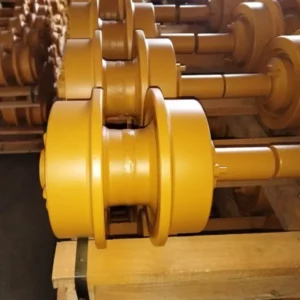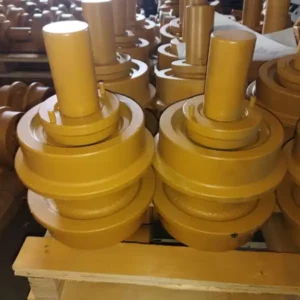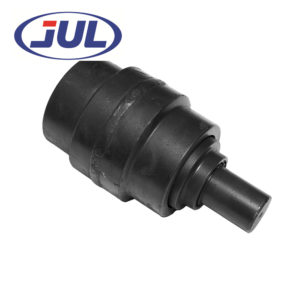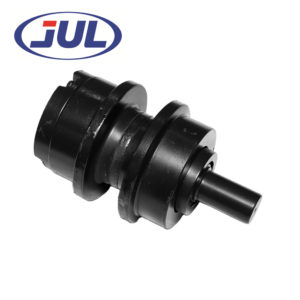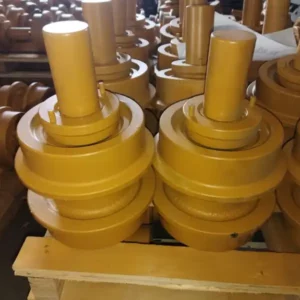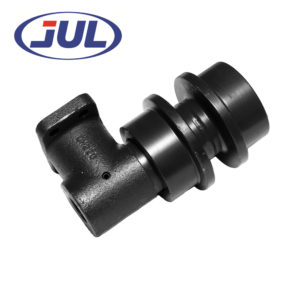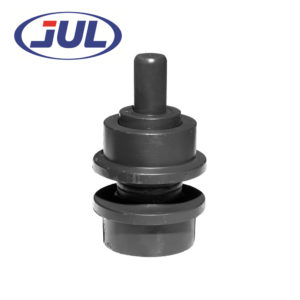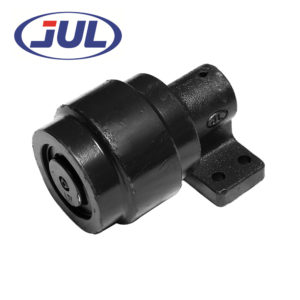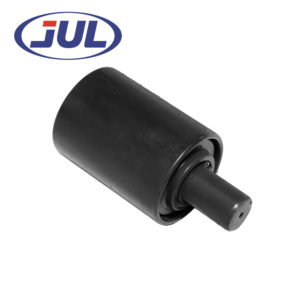Carrier Roller
Excavator Carrier Roller Manufacturer
Juli Machinery, a leading excavator carrier roller manufacturer, is dedicated to producing high-quality products that meet the industry’s stringent standards. Our carrier rollers are crafted using advanced technology and premium materials, ensuring long-lasting performance and minimal downtime. With a wide range of excavator carrier rollers available, we offer the ideal options to suit your needs.
Compatibility with Major Brands
Our carrier rollers are generally compatible with numerous Caterpillar excavator models, assuring both a flawless fit and great performance.
- Daewoo-Doosan: We provide carrier rollers designed for Daewoo and Doosan models, known for their durability and efficiency.
- Hitachi: Our products and services are compatible with Hitachi excavators and provide reliable performance in a variety of applications.
- Komatsu: Komatsu machines are known for their robust construction and long service life.
- Kubota: Carrier rollers that are designed for Kubota excavators, ensuring smooth operation and extended wear life.
- Sumitomo: We manufacture carrier rollers that are compatible with Sumitomo excavators, providing excellent support and stability.
Excavator Carrier Rollers Capability
- Durability: Made from high-quality materials, our carrier rollers are built to withstand harsh environments and heavy usage, ensuring long-lasting performance.
- Smooth Operation: Our carrier rollers are designed to provide stable and efficient track support, adding to the excavator’s overall smooth functioning.
- Minimal Downtime: Our carrier rollers, with their durable structure and advanced design, help to save downtime while increasing the productivity and efficiency of your equipment.
Explore our excavator bulldozer manufacturer or undercarriage parts manufacturer page and discover why Juli Machinery is the trusted choice for construction professionals worldwide. For more information on our products and services, feel free to contact us.
Showing 1–9 of 16 results
